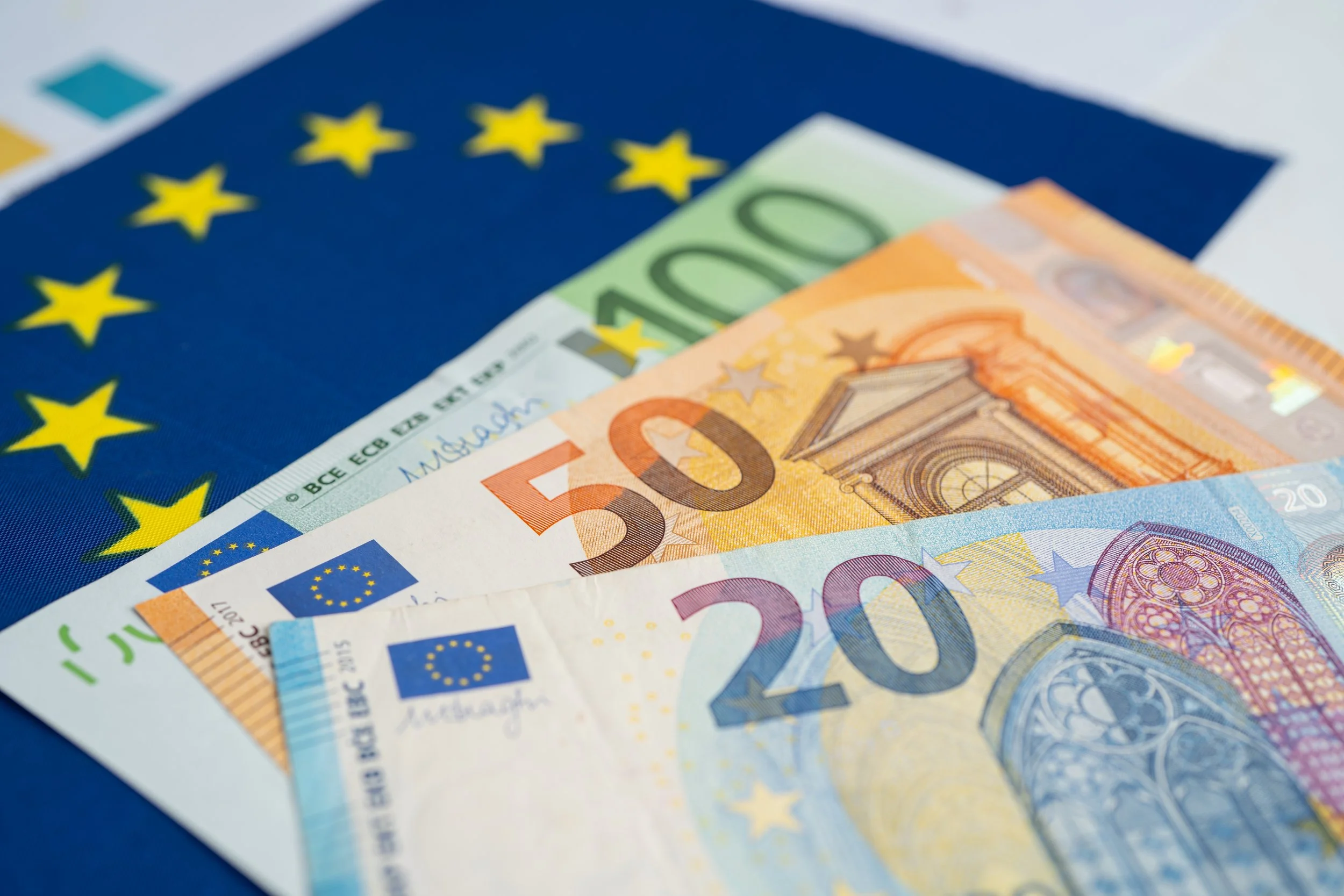Country Summary: European Union












Country Name: European Union
Capital: Brussels
Background: The evolution of what is today the European Union (EU) from a regional economic agreement among six neighboring states in 1951 to today's hybrid intergovernmental and supranational organization of 27 countries across the European continent stands as an unprecedented phenomenon in the annals of history. Dynastic unions for territorial consolidation were long the norm in Europe; on a few occasions even country-level unions were arranged - the Polish-Lithuanian Commonwealth and the Austro-Hungarian Empire were examples. For such a large number of nation-states to cede some of their sovereignty to an overarching entity is unique.
Although the EU is not a federation in the strict sense, it is far more than a free-trade association such as ASEAN or Mercosur, and it has certain attributes associated with independent nations: its own flag, currency (for some members), and law-making abilities, as well as diplomatic representation and a common foreign and security policy in its dealings with external partners.
In the aftermath and devastation of the two World Wars, a number of far-sighted European leaders in the late 1940s sought to respond to the overwhelming desire for peace and reconciliation on the continent. In 1950, the French Foreign Minister Robert SCHUMAN proposed pooling the production of coal and steel in Western Europe, which would bring France and West Germany together and be open to other countries as well. The following year, the European Coal and Steel Community (ECSC) was set up when six members - Belgium, France, West Germany, Italy, Luxembourg, and the Netherlands - signed the Treaty of Paris.
Within a few years, the ECSC was so successful that member states decided to further integrate their economies. In 1957, envisioning an "ever closer union," the Treaties of Rome were signed creating the European Economic Community (EEC) and the European Atomic Energy Community (Euratom), eliminating trade barriers among the six member states to create a common market. In 1967, the institutions of all three communities were formally merged into the European Community (EC), creating a single Commission, a single Council of Ministers, and a legislative body known today as the European Parliament. Members of the European Parliament were initially selected by national parliaments, but in 1979 the first direct elections were undertaken and have been held every five years since.
In 1973, the first enlargement of the EC took place with the addition of Denmark, Ireland, and the UK. The 1980s saw further membership expansion with Greece joining in 1981 and Spain and Portugal in 1986. The 1992 Treaty of Maastricht laid the basis for further cooperation in the fields of foreign and defense policy, judicial and internal affairs, and the creation of an economic and monetary union - including a common currency. The Maastricht Treaty created the European Union (EU), at the time standing alongside the EC. In 1995, Austria, Finland, and Sweden joined the EU/EC, raising the total number of member states to 15. On 1 January 1999, a new currency, the euro, was launched in world markets and became the unit of exchange for all EU member states except Denmark, Sweden, and the UK. In 2002, citizens of the 12 participating member states began using euro banknotes and coins.
Ten new countries joined the EU in 2004 - Cyprus, the Czech Republic, Estonia, Hungary, Latvia, Lithuania, Malta, Poland, Slovakia, and Slovenia. Bulgaria and Romania joined in 2007 and Croatia in 2013. UK citizens on 23 June 2016 narrowly voted to leave the EU; the formal exit took place on 31 January 2020. The EU and the UK negotiated a Withdrawal Agreement that included a status quo transition period through December 2020, when the follow-on EU-UK Trade and Cooperation Agreement was concluded. Current membership stands at 27. (Eight of the newer member states - Croatia, Cyprus, Estonia, Latvia, Lithuania, Malta, Slovakia, and Slovenia - have now adopted the euro, bringing total euro-zone membership to 20.)
In an effort to ensure that the EU could function efficiently with an expanded membership, the Treaty of Nice in 2000 set forth rules to streamline the size and procedures of the EU's institutions. An effort to establish a "Constitution for Europe," growing out of a Convention held in 2002-2003, foundered when it was rejected in referenda in France and the Netherlands in 2005. A subsequent effort in 2007 incorporated many of the features of the rejected draft Constitutional Treaty, while also making a number of substantive as well as symbolic changes. The new treaty, referred to as the Treaty of Lisbon, sought to amend existing treaties rather than replace them. The treaty was approved at a conference of member states held in Lisbon in December 2007, after which the process of national ratifications began. After all member states ratified, the Lisbon Treaty came into force on 1 December 2009, and the EU officially replaced and succeeded the EC.
Continent: Europe
Population: 450,858,381 (July 2022 est.)
Real GDP (Purchasing Power Parity): $19.89 trillion (2019 est.)
Real GDP Growth Rate: 2.3% (2017 est.)
Real GDP per Capita: $44,436 (2019 est.)
Exports: $7.102 trillion (2019 est.) note: balance of payments - exports of goods and services in current dollars
Exports Commodities: cars and vehicle parts, packaged medicines, vaccines and cultures, refined petroleum, aircraft, integrated circuits, medical instruments, gas turbines (2021)
Exports Partners: United States 18%, United Kingdom 13%, China 10%, Switzerland 7%, Russia 4% (2021)
Imports: $6.65 trillion (2019 est.) note: balance of payments - imports of goods and services in current dollars
Imports Commodities: crude petroleum, natural gas, refined petroleum, cars, broadcasting equipment, vaccines and cultures, computers (2021)
Imports Partners: China 22%, United States 11%, United Kingdom 8%, Russia 7%, Switzerland 6% (2021)
Reserves of Foreign Exchange and Gold: $740.9 billion (31 December 2014 est.) note: data is for the European Central Bank
Geography:
· Total: 4,236,351 sq km
Rank by area (sq km):
1. France (includes five overseas regions) 643,801
2. Spain 505,370
3. Sweden 450,295
4. Germany 357,022
5. Finland 338,145
6. Poland 312,685
7. Italy 301,340
8. Romania 238,391
9. Greece 131,957
10. Bulgaria 110,879
11. Hungary 93,028
12. Portugal 92,090
13. Austria 83,871
14. Czechia 78,867
15. Ireland 70,273
16. Lithuania 65,300
17. Latvia 64,589
18. Croatia 56,594
19. Slovakia 49,035
20. Estonia 45,228
21. Denmark 43,094
22. Netherlands 41,543
23. Belgium 30,528
24. Slovenia 20,273
25. Cyprus 9,251
26. Luxembourg 2,586
27. Malta 316
(Country Summary, The World Factbook, CIA.gov)
LEGAL, FINANCIAL, & TAX ADVICE DISCLAIMER: The information on SportsLifeMoney’s™ (“SLM”) websites, podcast network, videos, social media accounts, and other platforms (collectively, “SLM Platforms”) is strictly and solely provided for educational and informational purposes only. All of the information and materials on the aforementioned SLM Platforms do not constitute and are not intended to provide legal, financial, accounting, or tax advice, and should not be relied on in that respect. SLM recommends that you consult with an attorney, certified financial advisor, or licensed accountant to answer any legal, financial, or tax questions you may have. SLM also recommends that you consult with an attorney, certified financial advisor, or licensed accountant before making any legal, financial, or tax-related decisions based on content and/or subject matter included and/or discussed on any of the SLM Platforms. Before you act or rely on any information you have heard, read, viewed, and/or listened to on any of the SLM Platforms or communication mediums, SLM recommends that you confirm any and all facts that are important to your decision and that you subsequently consult with an appropriate professional (e.g., attorney, certified financial advisor, certified accountant, etc.) and have them review these facts and also confirm their validity. CAUTION: IF YOU RELY ON ANY INFORMATION, CONTENT, PRODUCT, OR SERVICE FROM ANY OF THE SLM PLATFORMS, YOU DO SO AT YOUR OWN RISK. YOU UNDERSTAND THAT YOU ARE SOLELY RESPONSIBLE FOR ANY AND ALL DAMAGES OR LOSS THAT YOU MAY INCUR THAT RESULTS FROM YOUR USE AND/OR RELIANCE OF ANY OF THE SLM PLATFORMS OR ANY OF THE CONTENT OR MATERIAL OTHERWISE PROVIDED ON ANY OF THESE SLM PLATFORMS. SLM AND ANY AND ALL OF ITS AFFILIATES MAKE NO IMPLIED OR EXPRESS REPRESENTATIONS OR IMPLIED OR EXPRESS WARRANTIES OF ANY KIND REGARDING ANY AND ALL INFORMATION ON ANY OF THE SLM PLATFORMS OR SLM’S AFFILIATE PLATFORMS. SLM AND ITS AFFILIATES WILL NOT BE HELD LIABLE FOR ANY DAMAGES. By continuing to use any of the SLM Platforms, you acknowledge and agree to the aforementioned terms and conditions of this disclaimer and any and all other legally binding terms and conditions set forth in SLM’s Privacy Policy, Terms & Conditions, and other legally binding agreements.


